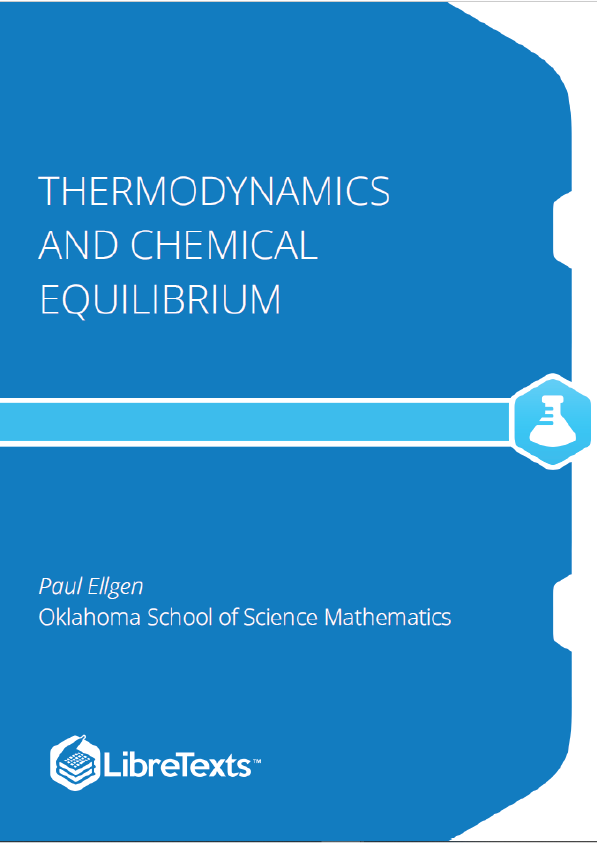1: Introduction – Background and a Look Ahead
Physical chemistry encompasses a wide variety of ideas that are intimately linked. For the most part, we cannot understand one without having some understanding of many others. We overcome this problem by looking at the same idea from a series of slightly different and increasingly sophisticated perspectives. This book focuses on the theories of physical chemistry that describe and make predictions about chemical equilibrium. We omit many topics that are usually understood to be included in the subject of physical chemistry. In particular, we treat quantum mechanics only briefly and spectroscopy not at all.
The goals of chemistry are to predict molecular structures and chemical reactivity. For a given empirical formula, we want to be able to predict all of the stable, three-dimensional atomic arrangements that can exist. We also want to be able to predict all of the reactions in which each such molecule can participate. And, while we are drawing up our wish list, we want to be able to predict how fast each reaction goes at any set of reaction conditions that may happen to be of interest.
Many different kinds of theories enable us to make useful predictions about chemical reactivity. Sometimes we are able to make predictions based on detailed quantum mechanical calculations. When thermodynamic data are available, we can make precise predictions about the extent to which a particular reaction can occur. Lacking such data about a compound, but given its structure, we can usually make some worthwhile predictions based on generalizations (models) that reflect our accumulated experience with particular classes of compounds and their known reactions. Usually these predictions are qualitative, and they fail to include many noteworthy features that emerge when experimental studies are made.
Physical chemistry is the general theory of the properties of chemical substances, with chemical reactivity being a pivotally important property. This book focuses on the core ideas in the subjects of chemical kinetics, chemical thermodynamics, and statistical thermodynamics. These ideas apply to the characterization, correlation, and prediction of the extent to which any chemical reaction can occur. Because predicting how a system will react is substantially equivalent to predicting its equilibrium position, we direct our efforts to understanding how each of these subjects contributes to our understanding of the equilibrium processes that are important in chemistry. In this chapter, we review the general characteristics of these subjects.
The study of chemical kinetics gives us one way to think about chemical equilibrium that is simple and direct. Classical chemical thermodynamics gives us a way to predict chemical equilibria for a wide range of reactions from experimental observations made under a much smaller range of conditions. That is, once we have measured the thermodynamic functions that characterize a compound, we can use these values to predict the behavior of the compound in a wide variety of reactions. Statistical mechanics gives us a conceptual basis for understanding why the laws of chemical thermodynamics take the form that they do. It also provides a way to obtain accurate values for the thermodynamic properties of many compounds.











